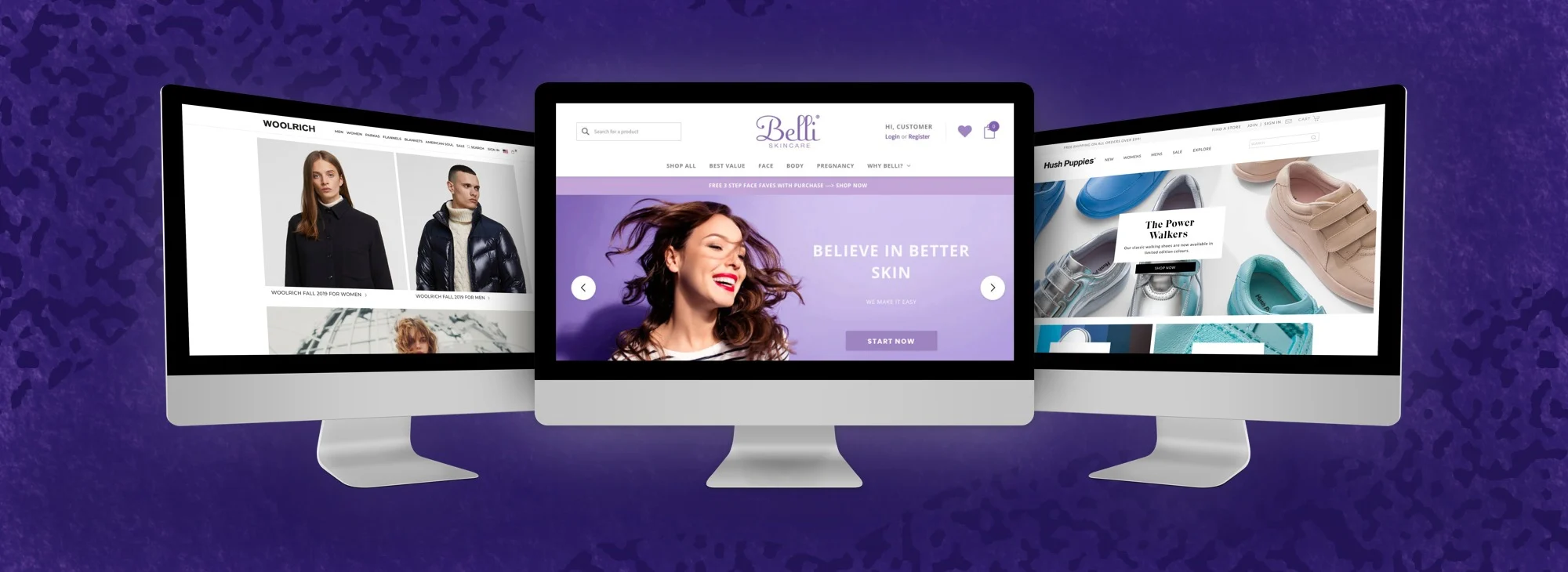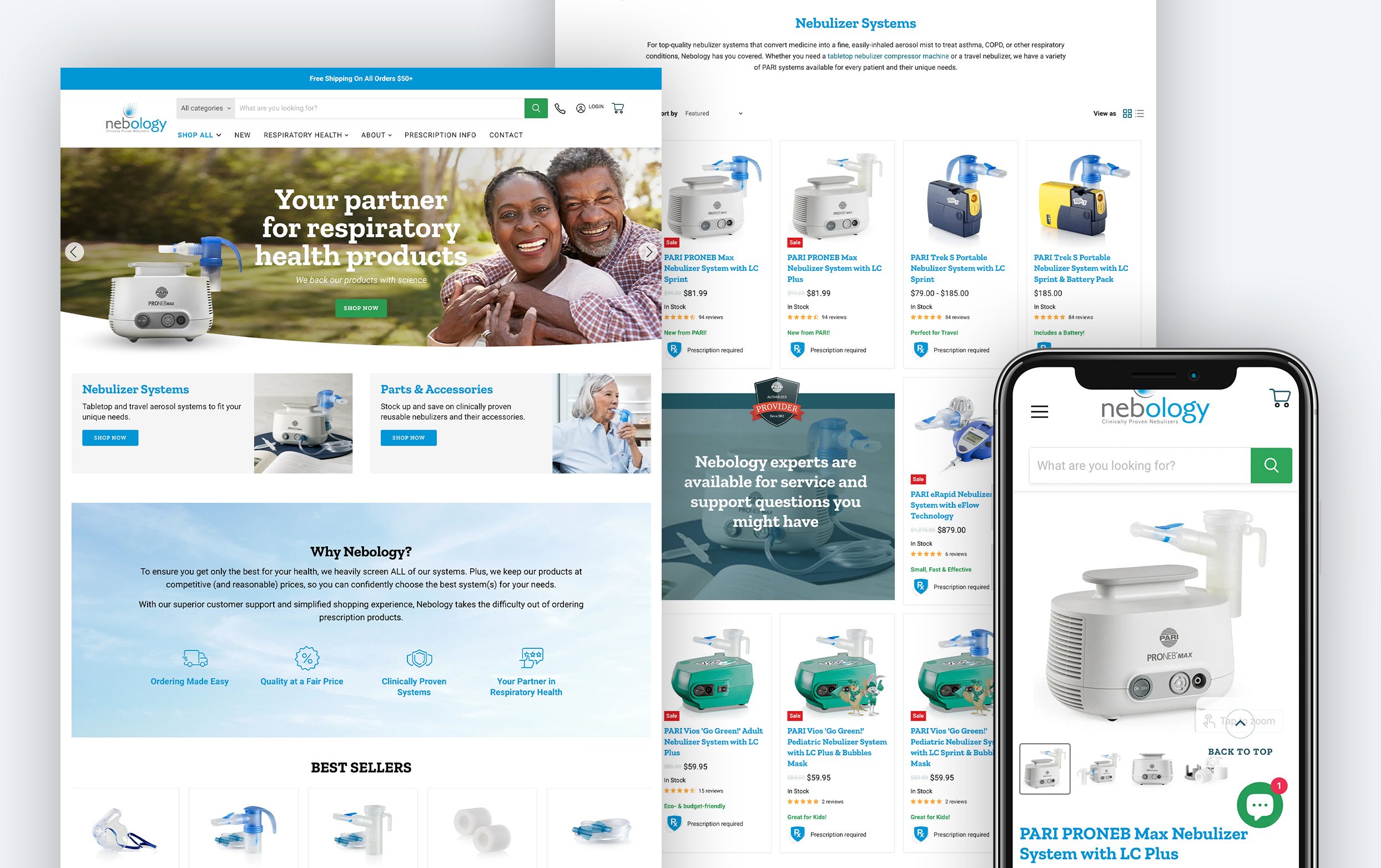Discovering the Relationship Between Website Design and Boosted Consumer Involvement
When you think of web design, think about exactly how it impacts customer engagement. A user-centric method can transform a basic browse through right into a lasting link. By concentrating on instinctive navigating, responsive layouts, and appealing visuals, you can create an experience that urges individuals to return. What details aspects really drive this engagement? Understanding these variables can disclose exactly how to optimize your layout for far better results. Allow's discover the nuances that can make all the distinction.

The Relevance of User-Centric Style
When you focus on user-centric style, you're not simply creating an internet site; you're crafting an experience that resonates with your target market. This approach puts the user's demands and preferences at the leading edge, guaranteeing they find worth and complete satisfaction in their communications. By understanding your target market, you can customize content, design, and functionality to fulfill their expectations.

Additionally, when individuals really feel understood, they're much more most likely to return. Ultimately, investing in user-centric layout isn't simply about looks; it's regarding promoting a long-term connection with your audience, driving interaction, and accomplishing your organization goals.
Crucial Element of Reliable Website Design
Reliable internet style hinges on several key elements that function together to create a smooth customer experience. Clear calls-to-action are crucial also-- they assist individuals to take desired activities, like authorizing up or making an acquisition.
Ascertain your style is receptive, adapting efficiently to various gadgets. By concentrating on these elements, you produce a welcoming environment that motivates consumer engagement and improves their total experience.
The Role of Navigating in Customer Experience
How does navigation impact your general experience on a web site? When you land on a website, instinctive navigating aids you locate information quickly and quickly.
Great navigating decreases unneeded clicks and maintains you involved. You're most likely to explore different sections of a site if you can easily backtrack or jump between pages. Well-structured navigating enhances trust fund; it reveals that the site is professional and user-centered.
A sticky or breadcrumb navigating can also be advantageous, as it allows you to keep context while searching. Basically, effective navigating not only improves use however also cultivates a favorable user experience, driving you to return and possibly exchange a loyal client.

Influence of Responsive Layout on Engagement
As consumers increasingly gain access to web sites on different devices, receptive style ends up being vital for preserving engagement. When your website adapts effortlessly to different display sizes, users appreciate a constant experience, whether they're on a smart device, tablet, or desktop computer . This versatility encourages site visitors to remain longer, reducing bounce prices and increasing the probability of conversions.
Think of it: if your site looks chaotic or hard to browse on a smart phone, customers are likely to leave in stress. By purchasing receptive design, you satisfy their demands, making it simpler for them to discover what they're trying to find.
Moreover, online search engine favor receptive sites, enhancing your exposure online. This suggests much more prospective consumers can discover your brand. Inevitably, a receptive design not only improves user experience but likewise enhances customer engagement, causing increased loyalty and much better general efficiency for your organization.
Aesthetic Hierarchy and Its Impacts on Communication
Creating a solid aesthetic pecking order can considerably improve user interaction on your internet site. Usage positioning, dimension, and comparison to highlight key features, guaranteeing they capture the individual's attention right away.
When you focus on aspects effectively, site visitors intuitively recognize where to look first, increasing the opportunities they'll engage with your web content. Uniformity in format helps individuals develop familiarity, lowering cognitive tons and urging them to check out better.
Integrating whitespace is just as essential; it permits your design to take a breath, making it easier for individuals to refine information. On the whole, a well-structured visual pecking order not just improves appearances however additionally fosters a much more interesting and rewarding individual experience on your internet site.
The Power of Color and Typography in Branding
When you consider your brand name, consider how color and typography influence your audience's perceptions and emotions. Choosing the ideal shades can stimulate particular sensations, while your font design can connect your brand's personality. With each other, these components can greatly enhance your brand name's identification and consumer involvement.
Color Psychology in Branding
Color plays an important role in branding, affecting how consumers view a business and its worths. Each color stimulates particular feelings and associations, forming your brand's identity and connection with your target market. Constant usage of color not only reinforces brand name acknowledgment but likewise fosters psychological connections with your clients.
Typography's Effect on Understanding
The visual aspects of your brand name prolong past color; typography likewise plays an important function in shaping customer understandings. When you choose the ideal typeface, you convey your brand name's individuality and values. A streamlined, modern typeface can suggest technology, while a classic serif font style could stimulate tradition and dependability. Your target market's analysis experience is straight influenced by these choices, affecting their involvement degrees.

Measuring the Success of Style Adjustments on Involvement
How can you successfully determine the helpful site impact of design changes on customer interaction? Begin by establishing clear objectives wherefore you desire to accomplish with your style modifications. Utilize analytics tools to track user interactions, such as click-through rates, time spent on pages, and bounce rates. A/B testing is another effective method; by comparing 2 variations of a layout, you can straight see which one reverberates much better with your audience.
Don't forget to gather qualitative comments through surveys or user interviews. This can supply understandings into how your layout adjustments make clients feel. Monitor social media sites comments and states for real-time responses.
Finally, on a regular basis assess your metrics and readjust your techniques based upon what the information shows. By incorporating qualitative and quantitative actions, you'll acquire a comprehensive understanding of how your layout modifications influence client engagement and can make enlightened decisions progressing.
Regularly Asked Concerns
Just how Usually Should I Update My Web site's Layout?
You need to update your internet site's design every 1-3 years, or earlier if you discover obsolete elements. Routine updates maintain your site fresh, boost user experience, and assure it aligns with current trends and innovations.
Can Internet Layout Alone Boost Sales Conversions?
Internet design alone won't assure enhanced sales conversions, however it can greatly improve customer experience and build depend on. Combine it with efficient advertising and marketing strategies, and you'll see a much more significant influence on your sales.
What Are Common Web Style Blunders to Avoid?
When developing your internet site, stay clear of cluttered layouts, i was reading this sluggish filling times, and YOURURL.com hard-to-read typefaces. Do not overlook mobile optimization or overlook clear phone call to activity. These errors can discourage customers and drive potential customers away.
How Does Web Style Impact Search Engine Optimization Efficiency?
Website design influences search engine optimization efficiency by affecting website rate, mobile responsiveness, and customer experience. If you maximize these components, search engines rank your site greater, driving more website traffic and boosting exposure in search engine result.
Should I Prioritize Appearances or Capability in Layout?
You need to focus on capability over looks in layout. Individuals need a seamless experience to navigate conveniently. Don't entirely disregard looks; a balanced approach maintains your site aesthetically appealing while guaranteeing it's reliable and easy to use.
Conclusion
To summarize, welcoming a user-centric method in internet layout can really boost customer interaction. Regularly determining and readjusting your layout based on data will ensure that you remain in song with user requirements, inevitably driving greater conversion rates and long lasting client commitment.
Exploring the Connection In Between Internet Layout and Increased Customer Interaction
When you believe concerning internet design, take into consideration how it impacts consumer interaction.Effective web style hinges on a number of vital components that function with each other to create a smooth user experience. Ultimately, a responsive design not only enhances customer experience but likewise increases client interaction, leading to enhanced loyalty and much better general performance for your business.
Frequently determining and changing your design based on data will certainly guarantee that you remain in song with individual requirements, eventually driving higher conversion rates and long-term consumer commitment.